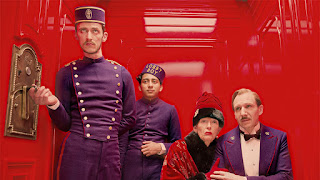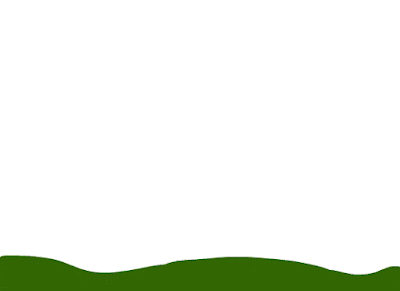Styles
Every director has an original way of shooting a film, however it has been a controversial subject since 1954. Each individual film would represent the individual director and their creative personality.
Tim Burton
Tim Burton has a very distinctive visual style, he also has unique production designs. In every Tim Burton film it is clear he sticks to a g
othic colour palette, in both production and costume. Films Tim Burton directed vary from The Nightmare Before Christmas to Alice In Wonderland, all have reoccurring themes, characters and characteristics.
othic colour palette, in both production and costume. Films Tim Burton directed vary from The Nightmare Before Christmas to Alice In Wonderland, all have reoccurring themes, characters and characteristics.
Wes Anderson
This director has again has a very original style and you can spot this very easily. He again like Tim Burton has a distinct colour palette. He adheres to a set that has great detail, in regards to shooting he typically keeps his camera stationary, preferring to shoot his scenes in straight-on fashion. This however is avoided by a lot of directors as it prevents the scene from having a three-dimensional feel. Anderson prefers this however because he prefers it to feel and look more like a painting than a three-dimensional moving image.
Terrence Malick
Lastly, this director is well known for shooting such a large amount in 'magic hour' this being the hour before sunset and hour before sunrise. His films typically use natural light with handheld footage and muted colours. Malick's films often dwell on the struggle between man and nature.
Comparing these three directors is interesting because they all have individual aspects that make their films individual and differently creative. For example the contrast between Tim Burton and Terrence Malick is particularly interesting as Burton uses dark, gothic colour palettes and alot of make- believe characters and effects, and on the other hand Malick uses the majority of natural light and natural concepts between nature, earth and humans. These are good to keep in mind when thinking about the films we will be creating, for example when thinking about shots, I can do research on films by directors such as Terrence Malick and the 'handheld' camera concepts as opposed to a more stable camera shot and angle like Wes Anderson.
























































